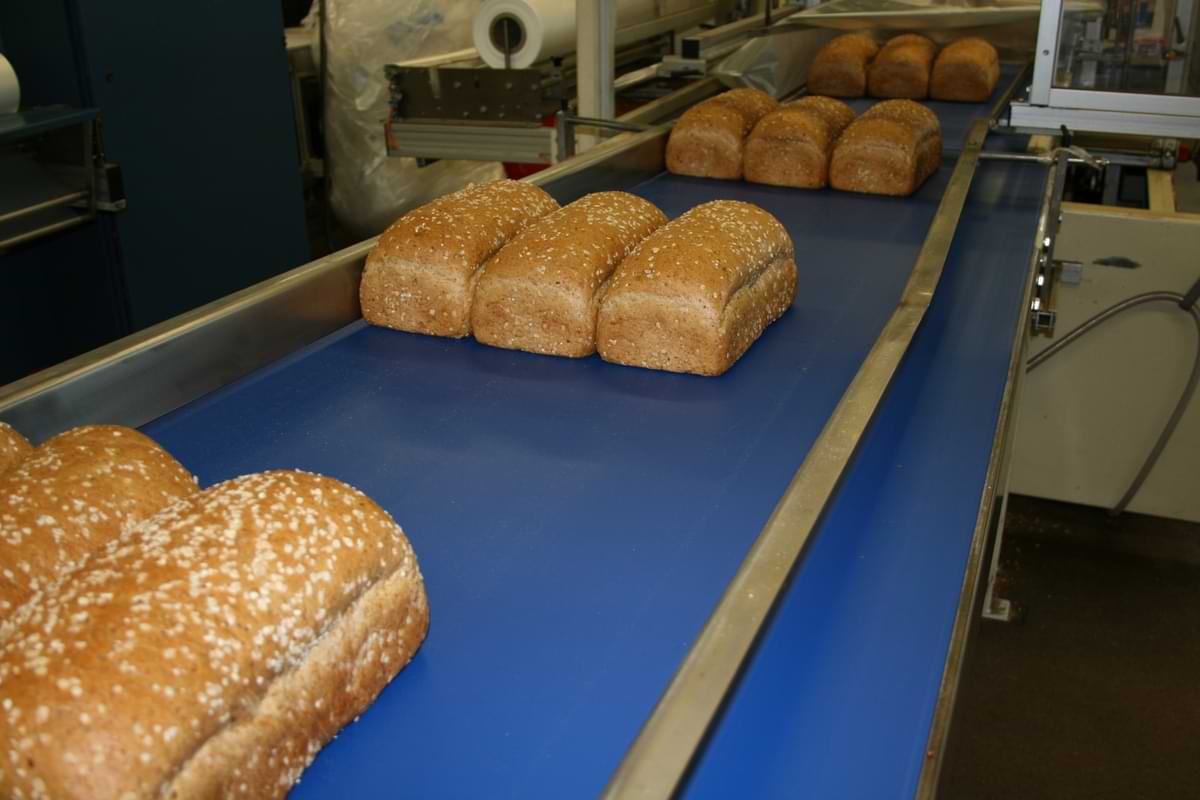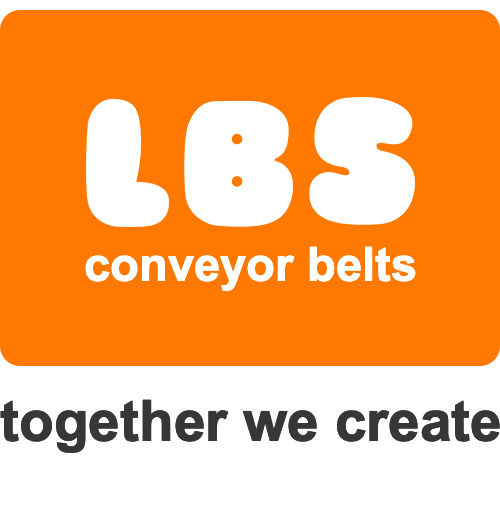industries and
their conveyor belts
Conveyor belts are an indispensible part of many business processes. But no two processes are the same. Different industries have different requirements. So the same goes for conveyor belts. There are some interesting differences. Let's see how this plays out for various industries. We will take a look at Food, Recycling and Agro. But first: why are there differences?
Expertise
What do different industries require?
We can take two extreme examples from two different industries. Imagine a conveyor belt in a recycling business for demolition materials from construction. The conveyor belt is outside; the construction materials are heavy, create a lot of dust and small particles fall off. And now the other example: fresh eggs. Light and fragile. Every man, every machine and conveyor belt handles them carefully. Hygiene is important. It's obvious: these situations require two vastly different conveyor belts.
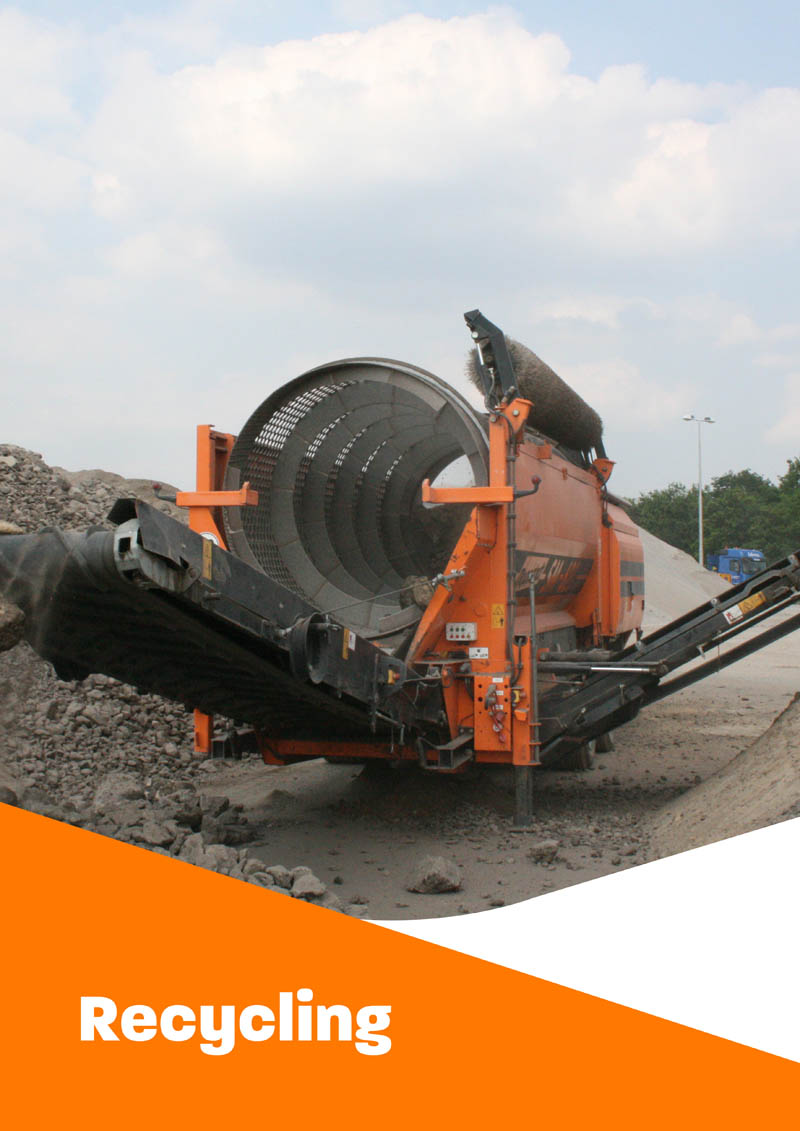
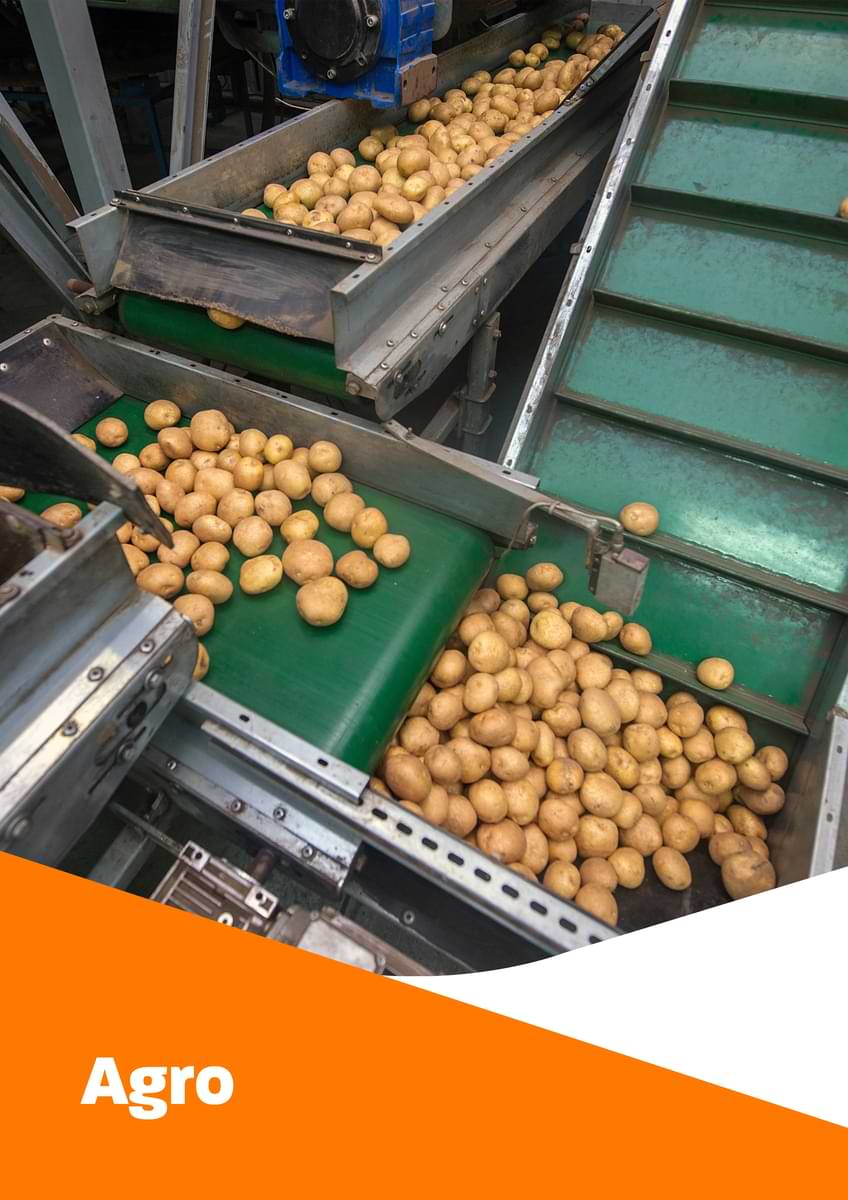
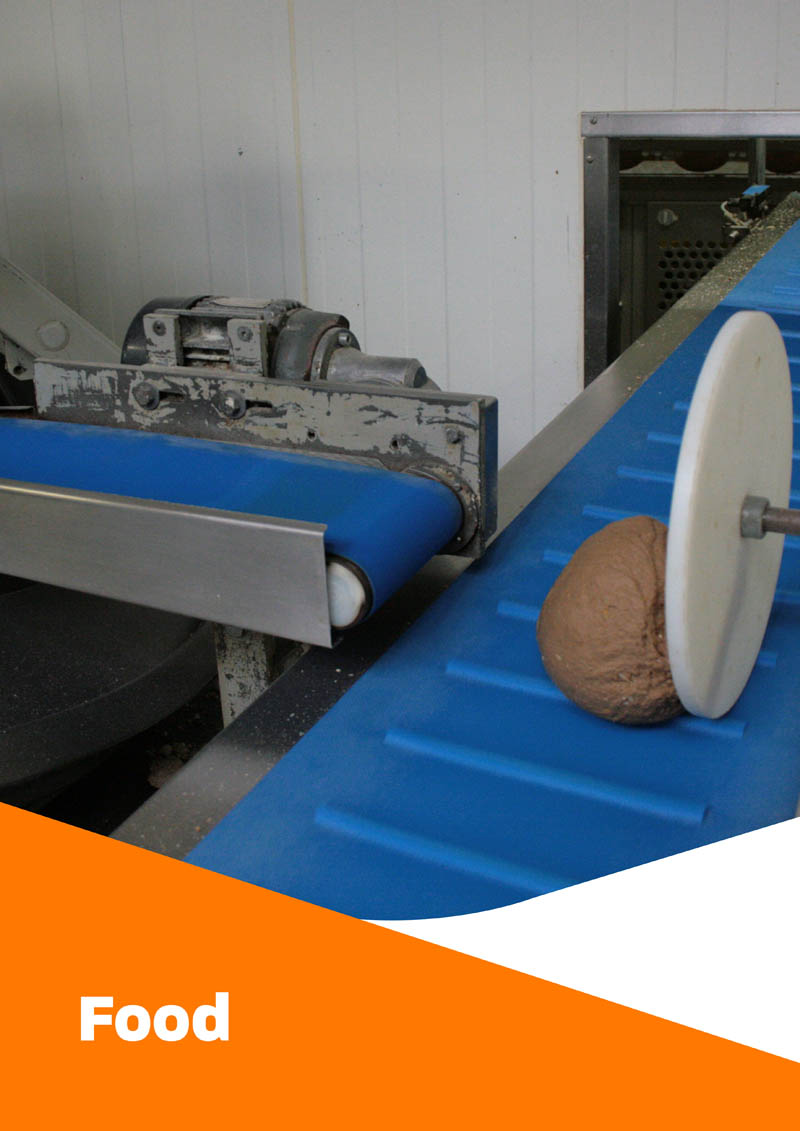
A few variables
- Is the conveyor belt outside (weather conditions) or inside?
- Is the transported material heavy or light? Muddy, dusty or clean?
- Are we transporting something that's vulnerable or can stand rough handling?
- Does the material have sharp or cutting edges? Such as in glass and metal recycling?
- Is food safety involved?
- Over what distance do we transport the material?
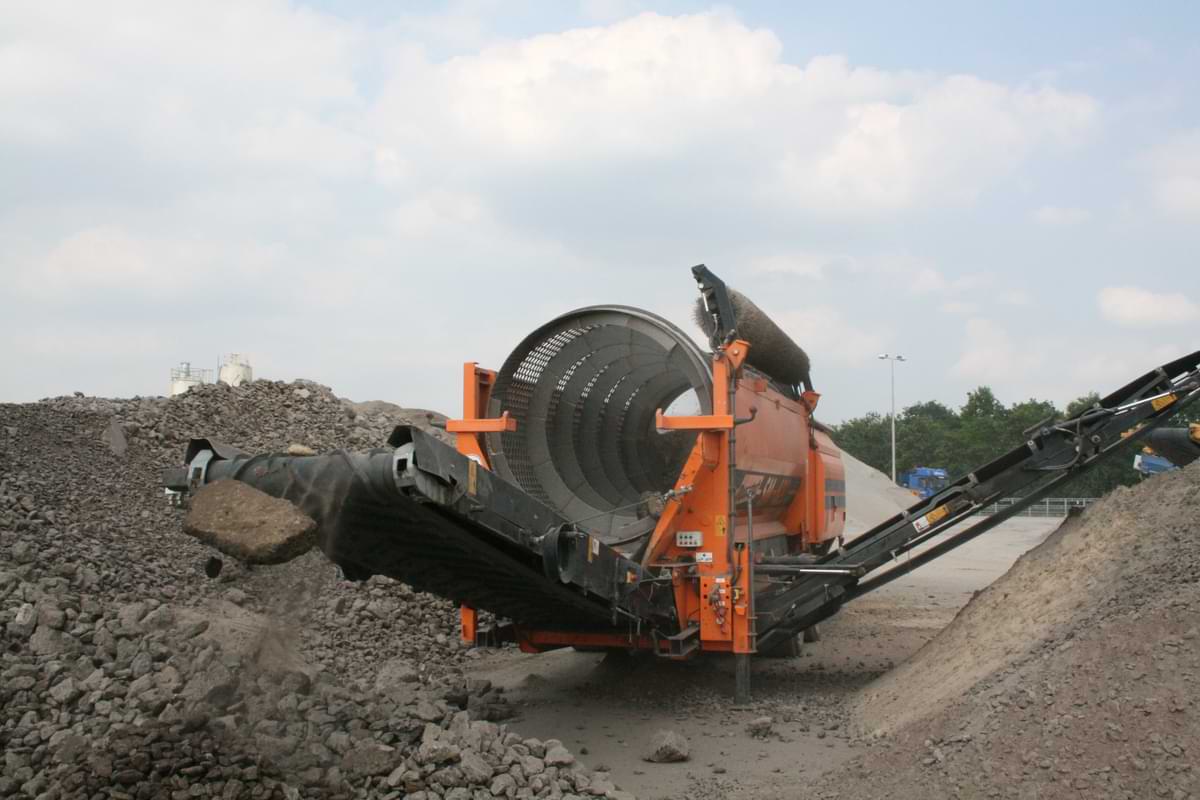
Together we create
At LBS, you will find our slogan Together we create. Obviously,
LBS has decades of comprehensive knowledge of, and experience with,
the production of conveyor belts. But eventually, it's about solving your problem.
Because your specific situation requires a specific application of conveyor belts.
Whether you're a machine builder or an end user.
It's not just about the choice of the conveyor belt.
It's also about the components and accessories that enable
a reliable and efficient application of the conveyor belt.
And of course service and maintenance. LBS will gladly be your partner in this whole process.
Are you looking for a solution? Get in touch with us now!
Call us at +31 (0) 591 668 220 or use the form on the contact page.
Recycling
Recycling business often deal with materials that are not exactly clean. Think of rusty metal, dusty construction materials and packaging with food residue. Thus, we see that the materials to be transported can be heavy. But there are also light materials. In some cases sorting is a theme when it comes to recycling machines. With sifts or magnets, for example. The recycling industry mostly uses rubber conveyor belts. They are able to withstand rough handling. Read this page for more information for Recycling businesses.
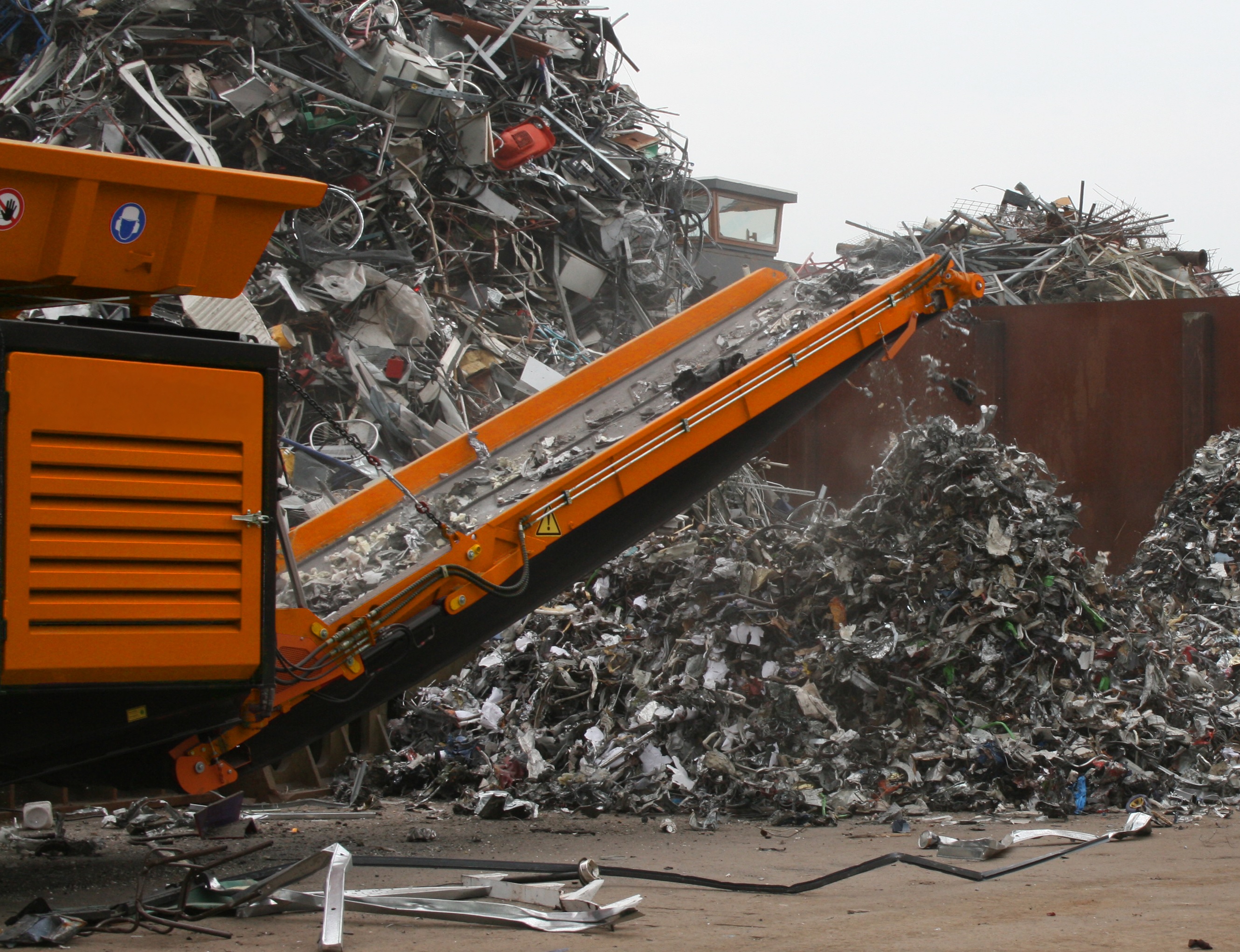
Agro
From cultivation to processing, in agriculture and livestock farming we can't deny the importance of the conveyor belt. We do see a lot of variation here again. It could concern cattle feed and feed mixing. But also the potato harvest. And that are only two of the many possible applications. We see both rubber and synthetic conveyor belts in this industry. For outdoor applications, changing temperatures and humidity form an extra challenge. When it concerns the harvest, soil residues are added to that. We elaborate on conveyor belts for Agro on this page.

Food
Of course, food safety, and therefore hygiene, play a key role in the food industry. That's why we mostly find synthetic conveyor belts in the food industry. But there are other factors. The right conveyor belt prevents food wastage. That not just concerns ecology. It's also an economic interest. Within the food industry, there are varying demands. Think of fat resistance, stickieness of the product, temperature. Curious about conveyor belts for Food? Continue reading on this page.
